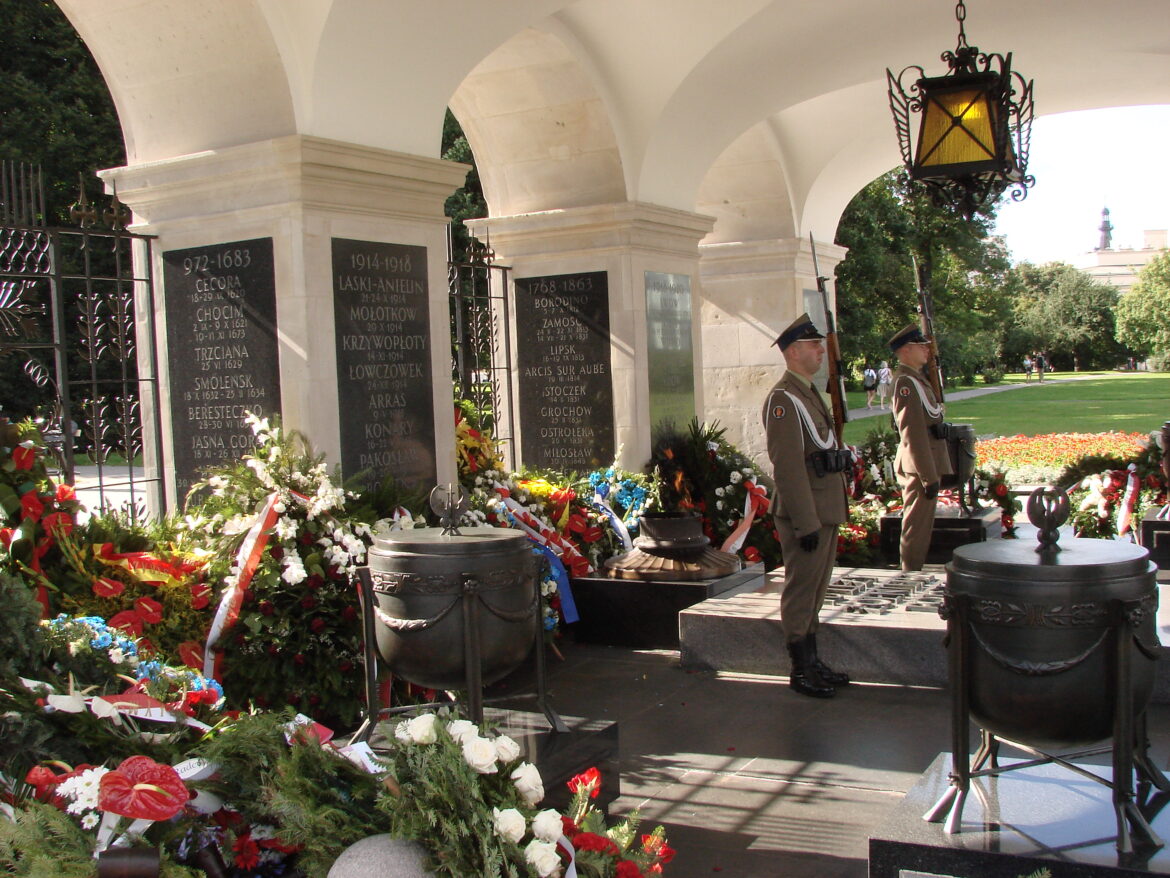The Tomb of the Unknown Soldier in Warsaw is one of the most important sites of Polish memory. What is the genesis of this place?
The first Tomb of the Unknown Soldier in the world appeared in France in Paris in 1920. It commemorated French soldiers killed in the First World War. A similar site was created around the same time in the UK.
After Poland regained its independence in 1918, the Poles also wanted to commemorate their soldiers who had died on various fronts of the First World War, fighting for and defending Polish independence when Poland was attempted to be conquered by Bolshevik Russia in 1920.
For this purpose, the Committee of Honouring the Fallen 1914-1921 was formed and later the Polish Mourning Cross Association was established. They were non-governmental organisations that began to raise funds to realise the idea. Soon, however, the idea of building a monument was picked up by the Polish authorities.
In 1923, the Polish President Stanisław Wojciechowski formed the Provisional Organising Committee for the Construction of the Monument to the Unknown Soldier. The Saxon Square in Warsaw was chosen as the proper site. In 1925, the Polish government approved its construction of the monument designed by Stanisław Ostrowski, the sculptor and author of the project. The monument was located between the arcades of the now non-existing the Saxon Palace. The inscription on the plaque of the tomb stated: “Here lies a Polish soldier fallen for the Fatherland”.
At the Monument to the Unknown Soldier in Warsaw, on 2 November 1925, the remains of a soldier who had fallen in battle, during the battles between Poles and Ukrainians for Lwów, were laid. They were appointed by Jadwiga Zarugiewiczowa, the mother of Konstanty Zarugiewicz who was killed in the battle of Zadwór fighting against Bolshevik Russia. The coffin with the soldier’s remains was transported from the Cemetery of the Defenders of Lwów (which was then part of Poland) to Warsaw. The procession then set off from Warsaw’s Central Station to its final destination. The coffin was carried on a gun carriage. After reaching the site, the remains were deposited in a ceremonial manner and a guard of honour was posted.
During World War II, the Saxon Palace in Warsaw, within which the Tomb of the Unknown Soldier was located, was blown up by the Germans. Luckily, the tomb-monument itself and the arcades around it survived.
To this day, it remains one of the most important Polish memorial sites and a focal point for the celebration of Polish national holidays. 97 years have passed since the unveiling of the Tomb of the Unknown Soldier in Warsaw. Since then, the number of the fallen fighting for Polish freedom who are honoured there has increased.





